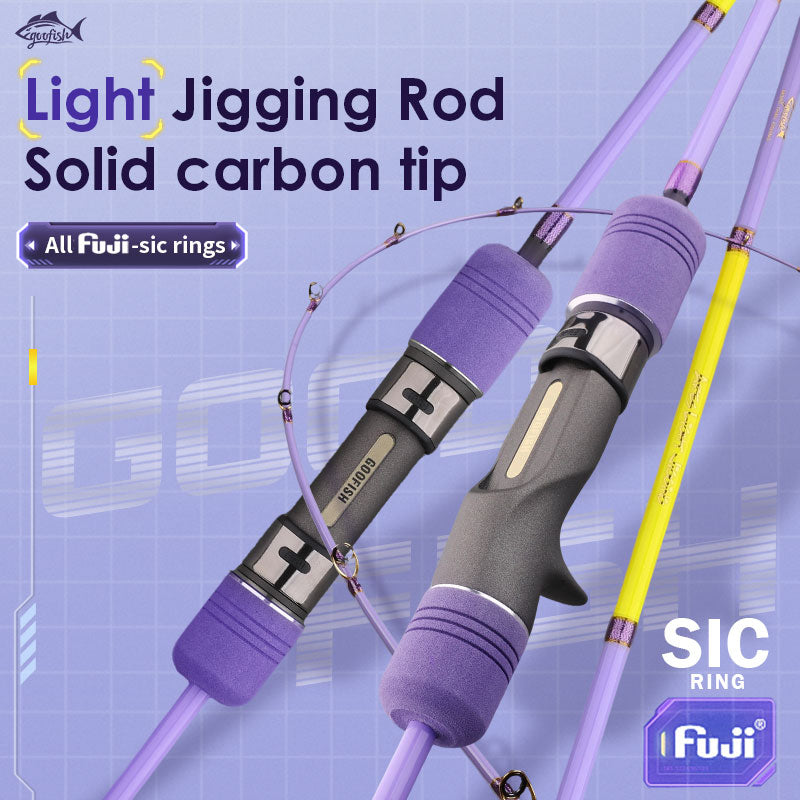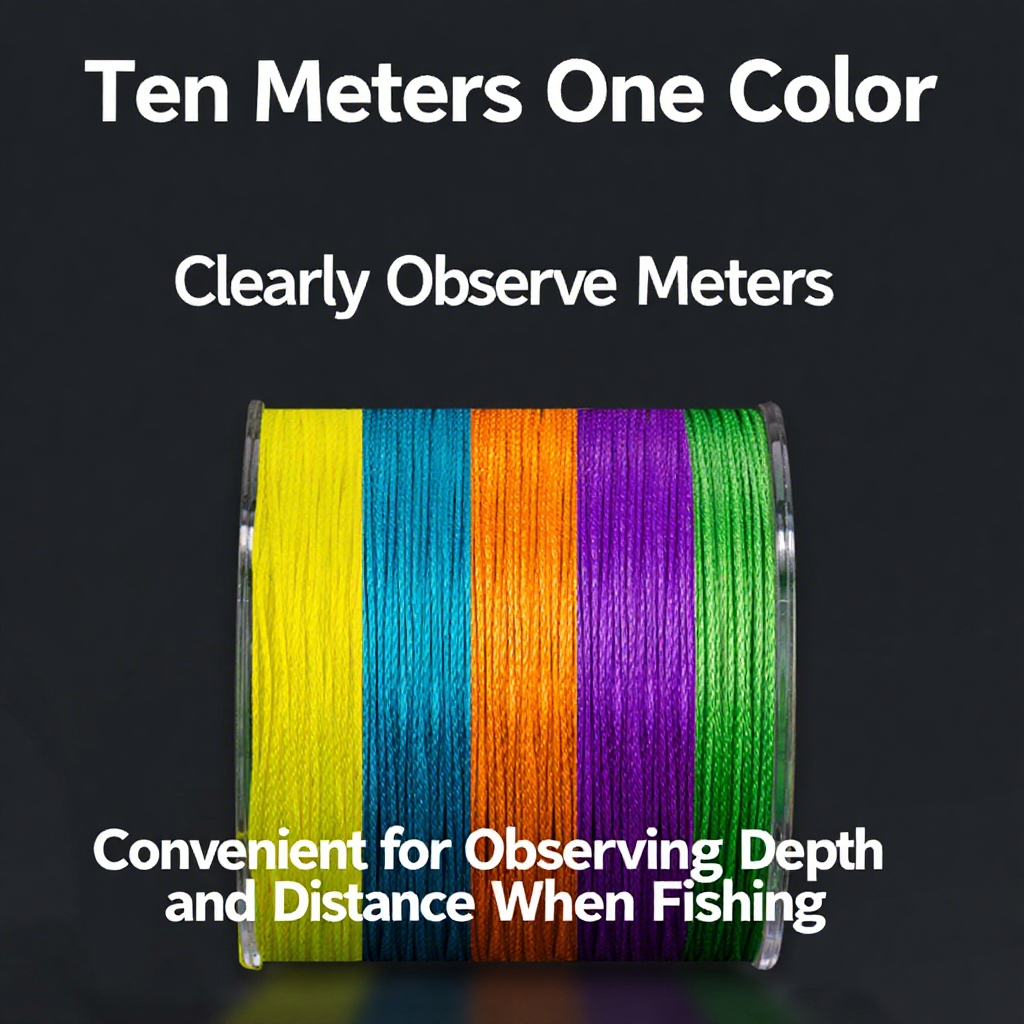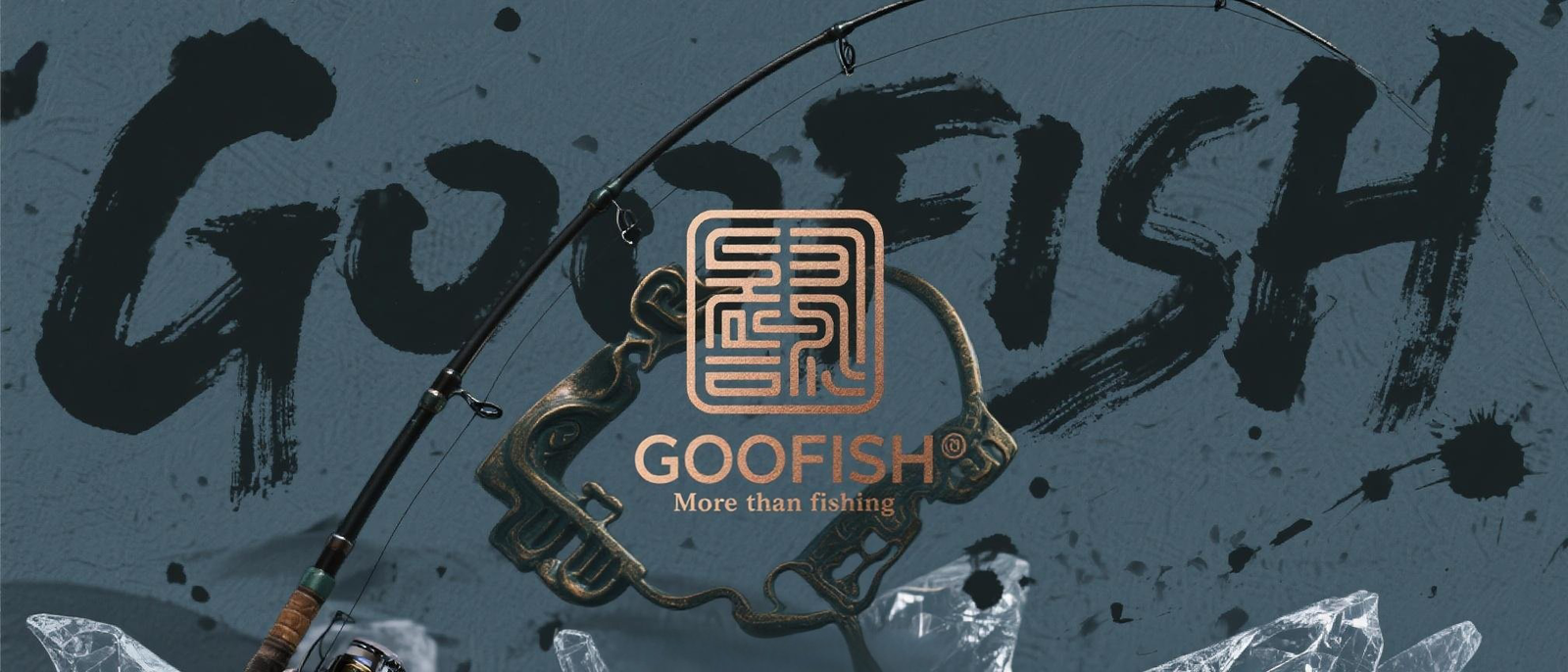Fast Jig vs. Slow Jig: Debunking the Myths
When it comes to fishing, the debate between using a fast jig or a slow jig has been ongoing for years. Anglers often have strong opinions on which method is more effective, but what does the science say? Let's dive into the facts and debunk some of the myths surrounding fast jigging and slow jigging.
What is Fast Jigging?
Fast jigging involves quickly moving the jig up and down in the water column to entice fish to strike. This method is often used for aggressive species like tuna or kingfish. The rapid movement of the jig is meant to mimic a fleeing baitfish, triggering a predatory response from the fish.
What is Slow Jigging?
On the other hand, slow jigging is a more methodical approach that involves a slower, more deliberate movement of the jig. This technique is often used for bottom-dwelling species like snapper or grouper. The slow, subtle movements of the jig are meant to mimic injured or dying prey, enticing the fish to strike.
Debunking the Myths
One common myth is that fast jigging always outperforms slow jigging in terms of catch rates. However, studies have shown that the effectiveness of each method depends on various factors such as water temperature, fish species, and feeding behavior. In some situations, slow jigging can actually outperform fast jigging.
Another myth is that fast jigging is more physically demanding than slow jigging. While fast jigging does require more rapid movements, it doesn't necessarily mean it's more tiring. Both techniques require skill and finesse to be successful, regardless of the speed of the jigging motion.
Ultimately, the choice between fast jigging and slow jigging comes down to understanding the behavior of the fish you're targeting and adapting your technique accordingly. Both methods have their place in the angler's toolbox, and knowing when to use each can make a significant difference in your fishing success.











Leave a comment